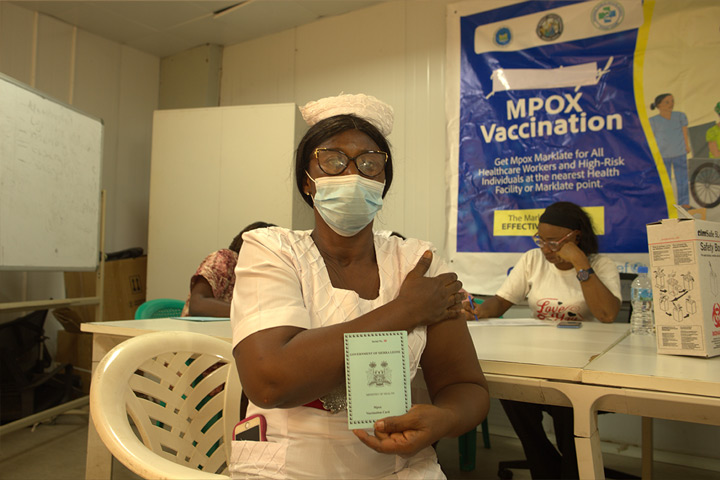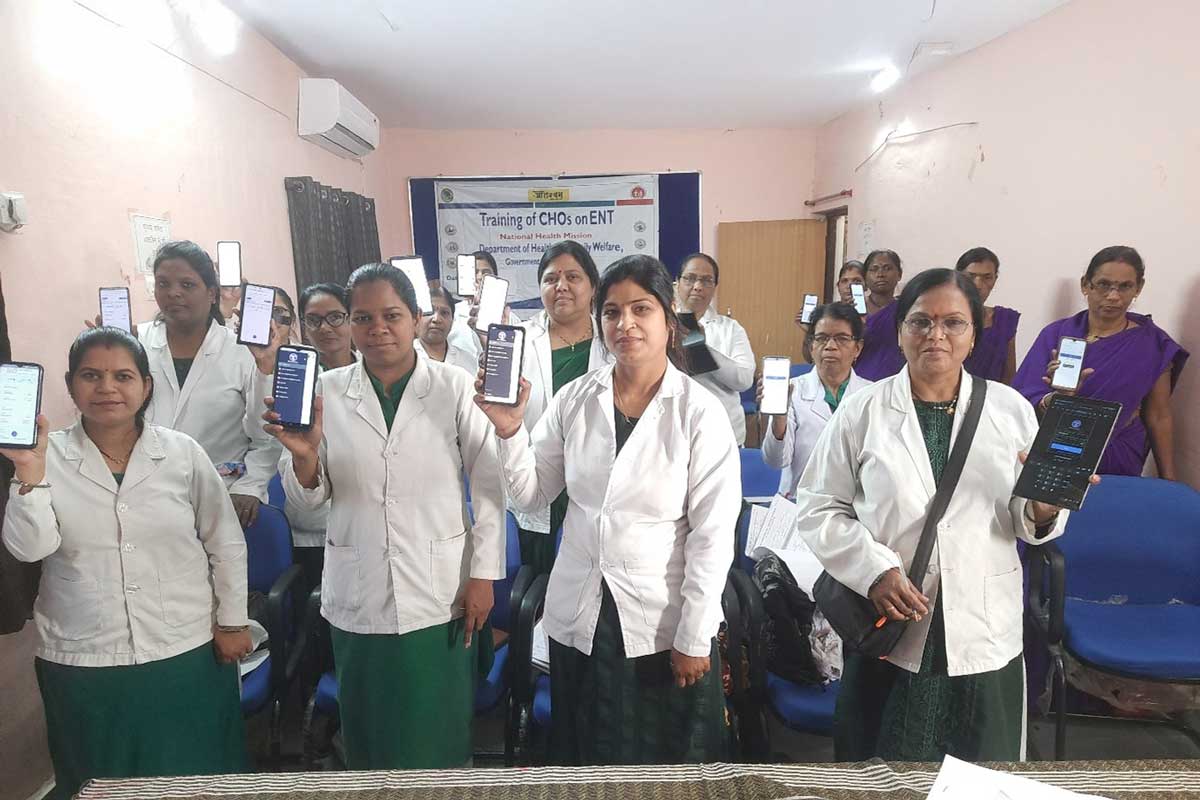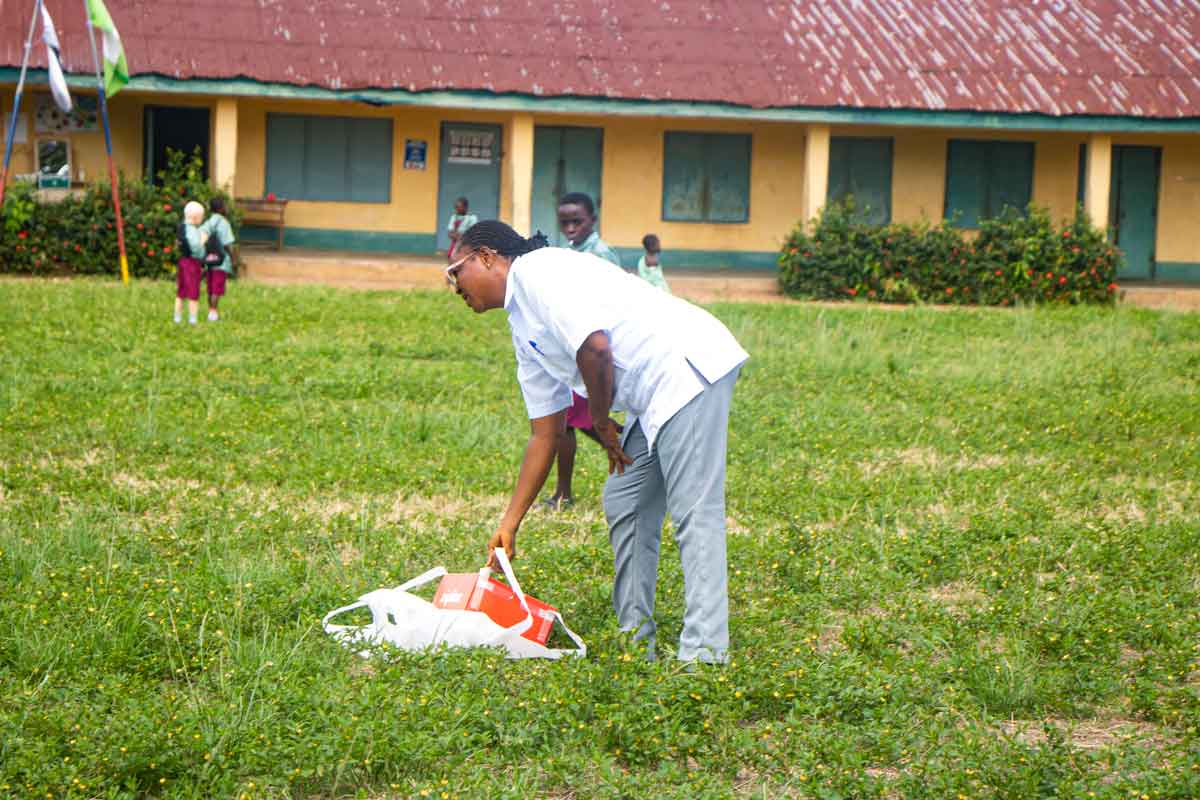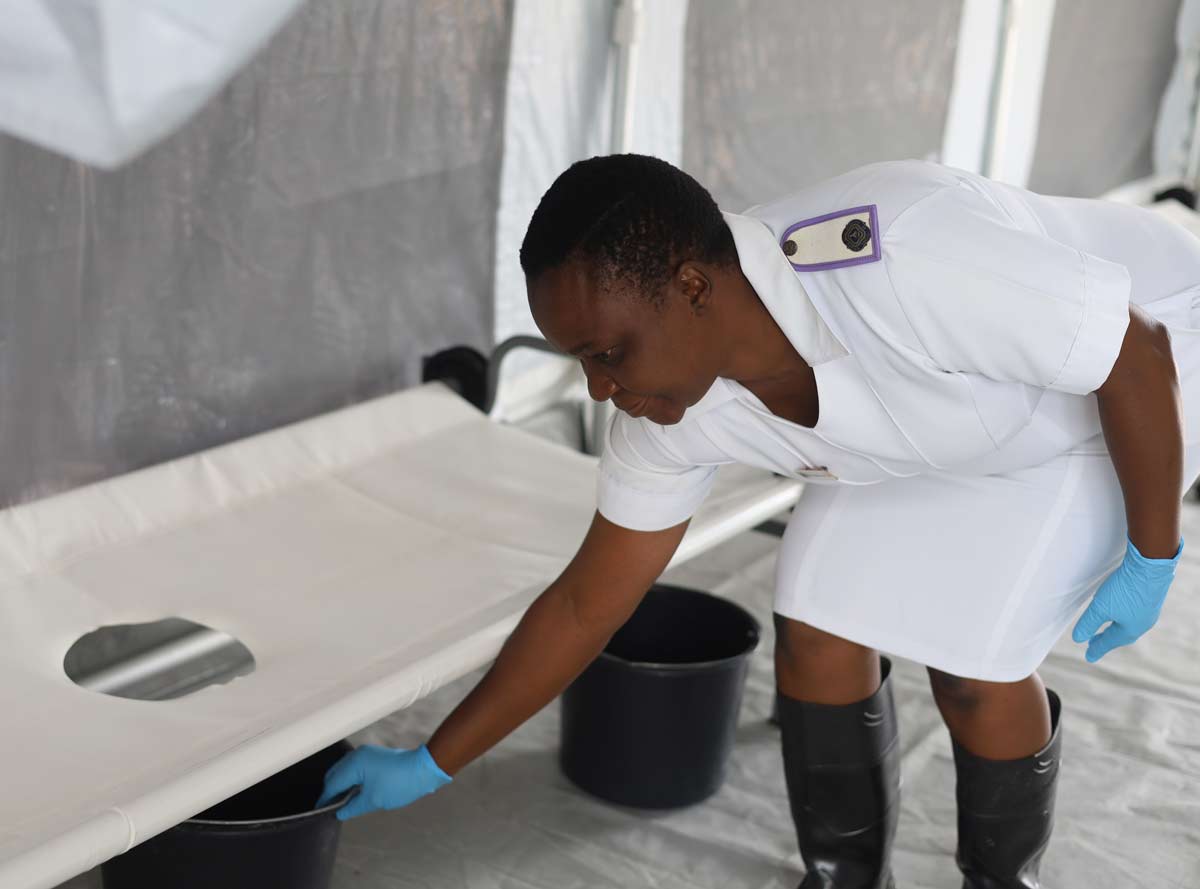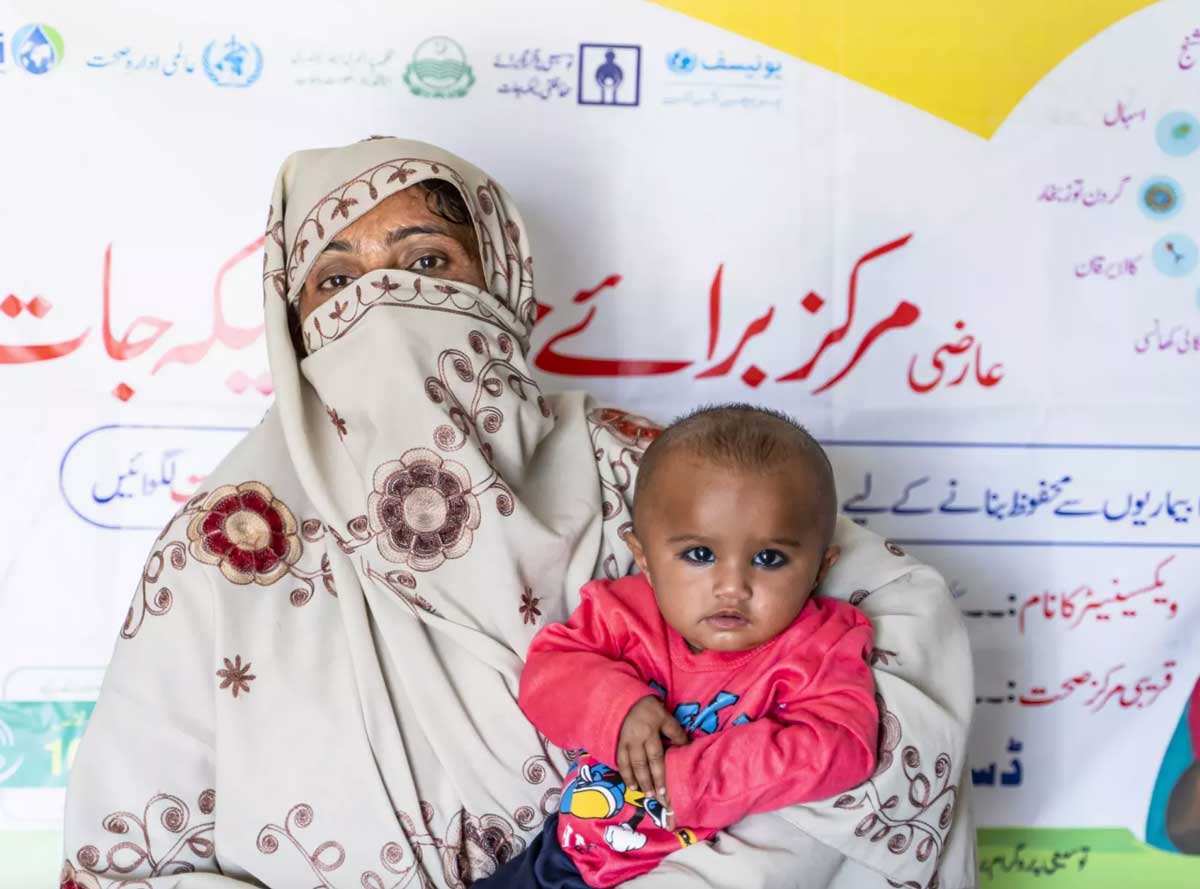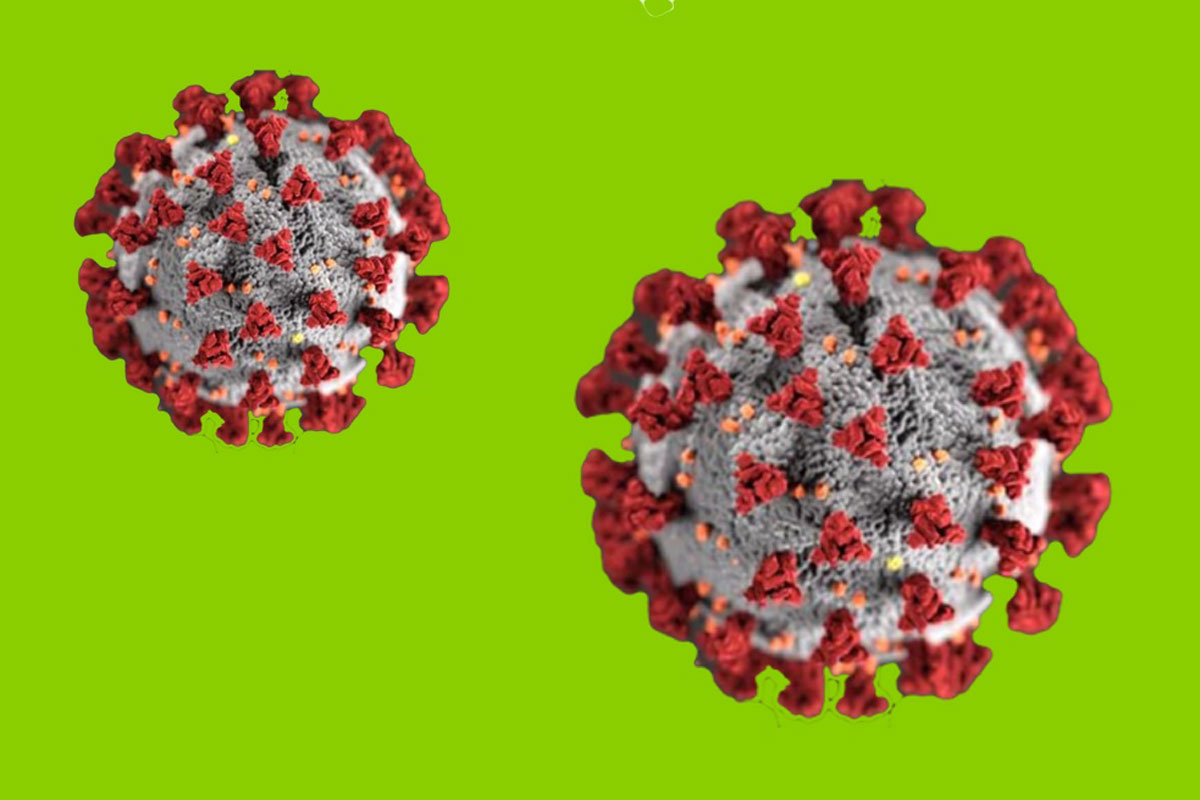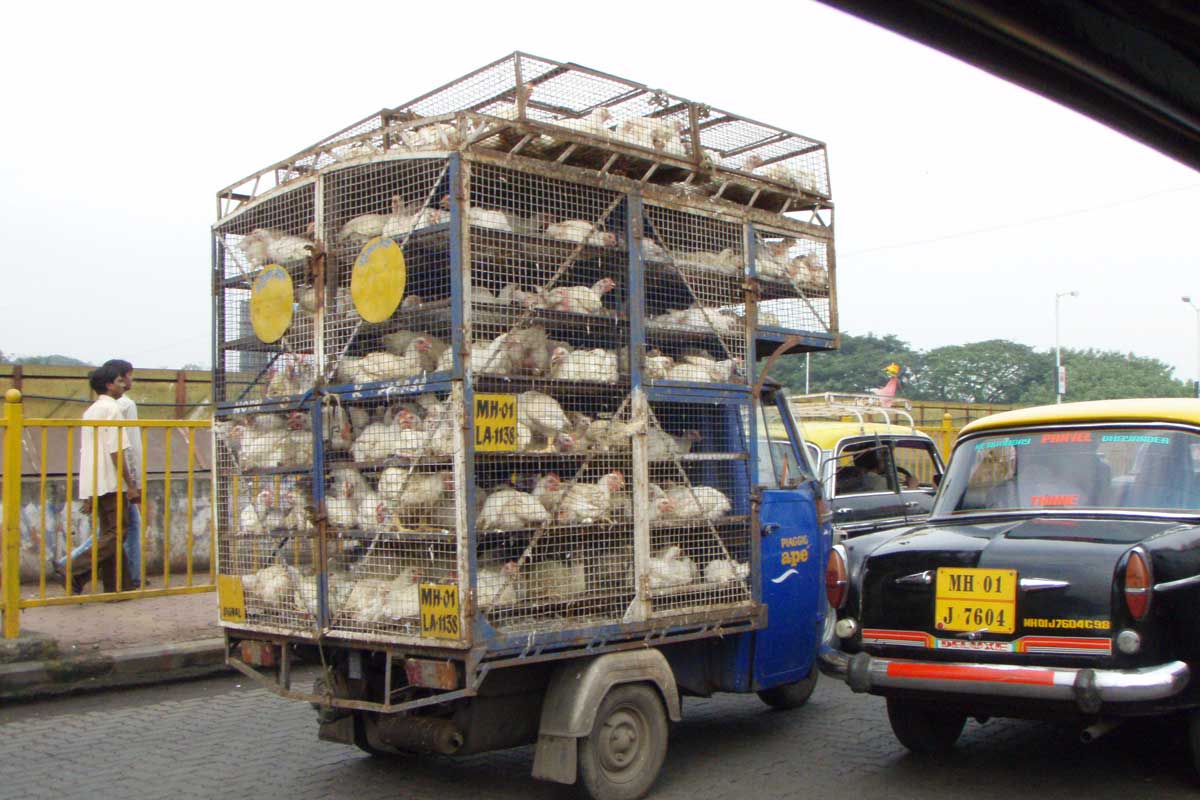Unravelling the history and mystery of Oropouche virus
Oropouche, or ‘sloth fever’, is the latest long-known but little-known virus escaping its usual habitat and spreading into new territory. What is this mysterious disease, and how can we stop it?
- 16 September 2024
- 9 min read
- by Lakshmi Gopinathan
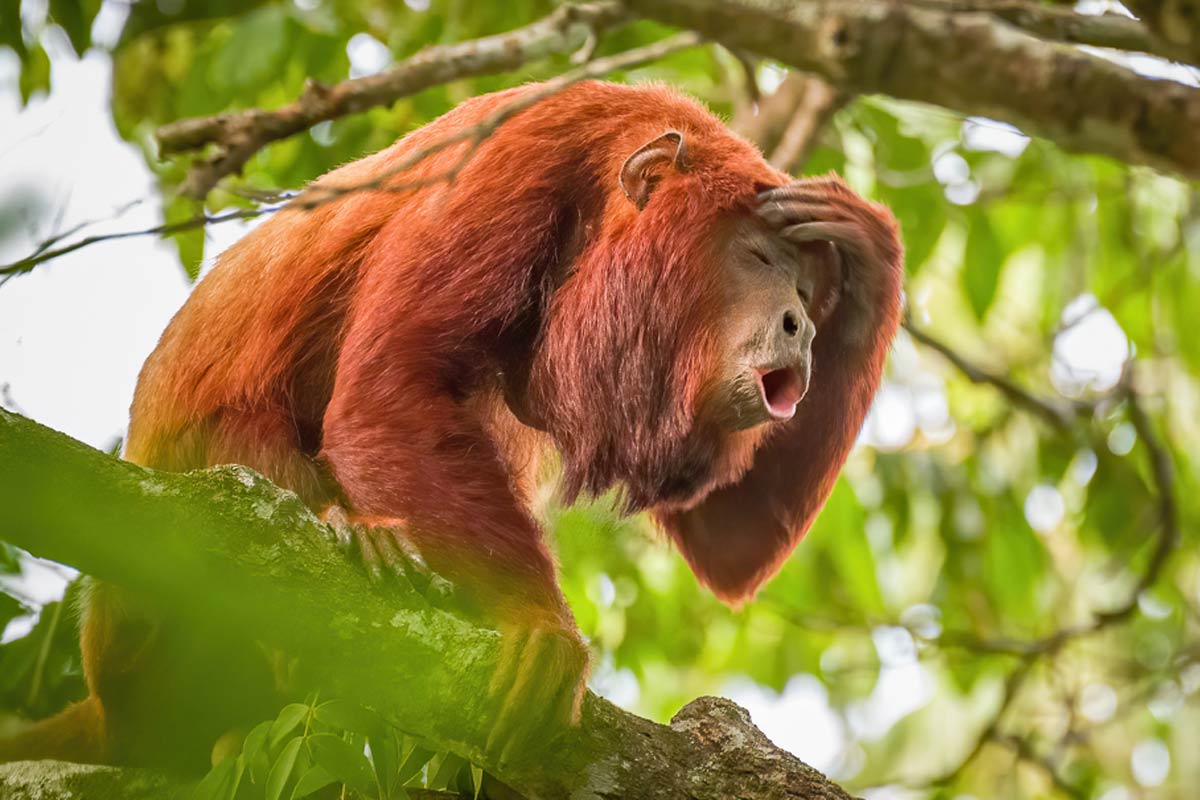
Another virus is spreading with scant regard for borders. Until recently, Oropouche virus – sometimes known as ‘sloth fever’ – mostly stayed within the confines of the Amazon basin in South America, where it is endemic.
Since late 2023, when large outbreaks occurred in the Amazon basin, a growing number of cases of Oropouche virus disease are being reported from non-Amazonian states in Brazil, some of which have not reported cases before, and for the first time in Cuba.
Travel-related cases have been reported in the USA, Canada and three European countries - Italy, Germany and Spain - all in people who had visited Brazil or Cuba .
On 10 September 2024, The Pan American Health Organization reported nearly 10,000 cases of Oropouche virus disease in six countries – Brazil, Bolivia, Colombia, Peru, Cuba and the Dominican Republic.
Brazil alone recorded nearly 8,000 cases, over a ten-fold increase from 2023, that, worryingly, included the first-reported fatalities – deaths of two adult, non-pregnant women.
“Oropouche virus was clearly not as well investigated as it should have, given its importance in parts of South America. Funding/strategic priorities, of course, frequently drive where research is going.”
- Alain Kohl, Professor in Virology at The London School of Tropical Medicine
In August 2024, Brazil reported one foetal death, the first documented case of vertical transmission – from parent to offspring – from the virus. A second case of vertical transmission was reported as the death of a 47-day-old newborn with microencephaly – a smaller than normal head.
Additional cases of vertical transmission possibly related to Oropouche virus infection including stillbirths and a case of spontaneous abortion are under investigation. There is no evidence of other modes of human-to-human transmission currently.
Fatal and far
Oropouche virus disease is transmitted mainly by midges – tiny flies commonly called no-see-ums – and certain mosquitoes.
Its symptoms are dengue-like and include fever, headache, muscle pain, rash and nausea. Symptoms typically resolve in five to seven days, but in some cases, complete recovery may take several weeks. In rare cases, meningitis may occur.
The recent fatal cases, a stark departure from historically-recorded mild cases, may potentially be due to the virus re-assorting its genome to be able to replicate more efficiently.
“Reassortant” viruses emerge when two or more viruses enter a host cell and exchange genetic material to create a new virus with enhanced infection capabilities. This genetic exchange is possible because of the segmented nature of some virus genomes – the Oropouche virus genome has three segments.
Why is Oropouche virus defying history and expanding its range now? Experts point to increased travel and trade, urbanisation, deforestation and climate change that aid virus movement to newer and farther areas.
These provide “increased opportunities for people to interact with insects that are infected with the virus”, says Janet Hamilton, Executive Director of the Council of State and Territorial Epidemiologists, who adds that, “We don’t yet know the specific reasons for the large and geographically distributed outbreaks this year.”
Professor Shahid Jameel, virologist and Research Fellow at Green Templeton College, University of Oxford, notes, “With increasing deforestation, especially in the Amazon, the carriers and vectors (and therefore the virus) may be moving closer to human habitats, especially to urban centres. This was the case with dengue virus as well, which has now become endemic in many countries.”
Some increase in cases could be attributed to “better detection techniques, e.g. genomic sequencing being routinely deployed in symptomatic cases that are negative for known viruses in routine tests,” Jameel adds.
The increase in Oropouche fever cases in late 2023 was observed during surveillance for a dengue outbreak. Surveillance for Oropouche virus disease outside of the Amazon did not exist until recently, so we do not really know if this is the first time that the virus flew its coop.
Old and neglected
While the virus’s vastly expanded range and fatalities are new and concerning, outbreaks of Oropouche virus disease are far from new. Discovered in 1955 in the Vega de Oropouche village in Trinidad and Tobago, sporadic cases and several outbreaks in South America, Central America and the Caribbean have been reported since the 1980s. Estimates of total documented cases range around 500,000. Given the limited surveillance for this virus, the real numbers are expected to be far higher.
As the virus’s reach expands, presumably allowing for further evolution and outbreaks, it is disquieting that prominent medical journals are calling the virus “mysterious”. Why is so little known about this virus?
Alain Kohl, Professor in Virology at The London School of Tropical Medicine, with expertise in arbovirology – arboviruses are arthropod-borne viruses – and emerging viral diseases says, “Oropouche virus was clearly not as well investigated as it should have, given its importance in parts of South America. Funding/strategic priorities, of course, frequently drive where research is going.”
Referring to Oropouche fever as a neglected tropical viral disease, Jameel opines, “There is sufficient colonialism in disease research – if it doesn’t affect the industrial world and western business interests, it’s not important. From malaria to COVID-19, this has not changed. Now that the virus has been found in Cuba – not far from Miami – the wheels of public health will turn.”
Jameel adds that since the presentation of fever, aches and rashes for Oropouche virus infection is similar to that of several other viral diseases, symptomatic treatment is offered instead of any further investigation, resulting in the virus remaining understudied.
Hamilton concurs: “When viruses typically circulate in countries without broad access to diagnostic testing and cause symptoms that are not very specific, it can be difficult to diagnose and differentiate from other infectious diseases. This can hamper our understanding of when and where a virus is circulating.”
Mysterious to known
What information is needed to demystify Oropouche virus?
“At this stage, we need to understand why this virus is emerging at such scale – is it factors linked to ecology, transmission, or perhaps viral genome reassortment which may change the properties of the virus... or combinations of all these?” Kohl asks.
There are no vaccines or specific antiviral treatments for Oropouche virus disease. Developing these will require a thorough understanding of the virus – its transmission cycle, hosts, vectors, pathogenesis and molecular aspects.
The virus is believed to follow both a sylvatic cycle, which means it cycles between hosts and vectors in woodland or forested areas, and an urban cycle, cycling between hosts and vectors in urban environments. In forested areas, the virus is probably maintained in a sylvatic cycle between non-human vertebrate hosts and mosquitoes, although a definitive invertebrate vector has not been identified.
Oropouche virus has been detected in a wide range of non-human vertebrate hosts that include three-toed sloths, rodents, birds and non-human primates such as marmosets. The urban cycle which is associated with outbreaks is believed to involve the biting midge Culicoides paraensis, and humans as the only vertebrate host.
“Outbreaks turning into epidemics and pandemics are best stopped at the source. Instead of screening at borders, provide resources to affected countries to detect and isolate infected cases. Clothing that covers the body, screens and bed-nets can protect against bites and prevent onward transmission.”
- Professor Shahid Jameel, virologist and Research Fellow at Green Templeton College, University of Oxford
Several gaps exist within this breadth of information. As Jameel explains, “We don’t fully understand the natural history of the virus, how it is maintained in the insect vector, the factors critical to transmission to vertebrate hosts and the correlates of protection.
“For example, how long does an infected person remain infectious? What viral proteins are immunogenic? Do antibodies to these protect or do we also need cellular immunity for good protection? How long does protection last in people living in an endemic area? What are the baseline antibody levels to the virus in populations in endemic areas? All these become important if a vaccine were to be developed.”
“There’s still a lot to learn about this virus,” says Hamilton. “For example, there is a large outbreak in Cuba, but the vectors [midges] known to usually transmit the virus are not commonly found in Cuba.
“We need to understand the severity of the virus, including determining populations at higher risk [such as pregnant women]. We need to better understand the vectors so we know the potential risk of transmission and can target prevention measures accordingly,” she observes.
Unravelling the molecular details of virus replication in the vertebrate host will be important to developing specific treatments, Jameel notes, while posing more questions: “What viral enzymes are needed? How do they work (what is the mechanism)? Will broad spectrum antivirals that target the replication of other segmented RNA viruses (e.g. influenza) work on Oropouche virus replication? Since this virus grows well in culture, some of these studies might already be underway.”
While it may seem like a long road to gaining all this information, Kohl is optimistic. “Research on bunyaviruses [Oropouche virus belongs to the Bunyaviridae family of viruses] has considerably progressed over the last decades and we are in an excellent position to investigate this virus in depth now,” he perceives.

Acting now
In the face of limited information and a rapid surge in cases, what immediate measures can help curtail the spread of Oropouche virus? Experts highlight the importance of both disease surveillance and vector control.
“Since the disease-affected areas are still limited, active surveillance is the way,” Jameel advises. “Outbreaks turning into epidemics and pandemics are best stopped at the source. Instead of screening at borders, provide resources to affected countries to detect and isolate infected cases. Clothing that covers the body, screens and bed-nets can protect against bites and prevent onward transmission,” he adds. Smaller than mosquitoes, midges can pass through most nets, which has led to studies evaluating certain chemical insecticides to control them.
Have you read?
“Surveillance and diagnosis are critical to understand the spread of this virus,” Kohl remarks, adding that: “Vector control measures remain the primary means of intervention to combat arbovirus transmission; understanding which midges or mosquito species are driving the outbreak is critical.”
Emphasising the prevention of mosquito bites and reduction of mosquito populations, Hamilton adds that, “Rapid detection and response to each detection will help slow the spread.” Besides epidemiology actions, she recommends “prevention and education messages to ensure there is awareness among priority populations, like travellers going to countries where outbreaks are occurring.”
Hamilton highlights the need for sustained public health funding with strong and modernised data infrastructure “to ensure a nimble, trained epidemiology workforce”.
“Like Zika, Oropouche has the potential to emerge as a major threat – the US has the right type of mosquitoes for the virus to become endemic – now is the right time to focus resources to halt the spread,” she concludes. While the concern for Oropouche virus to emerge as a major global threat may be low at this time, Jameel urges caution: “We have seen how dengue started similarly and became a problem during our lifetime.”
The very interconnectedness that makes an emerging infectious disease a global threat offers the collaborative mechanism to address the threat. It may have taken a few imported cases in Europe and the US for Oropouche virus disease to finally get the global attention it always deserved, but allied global efforts to counter its spread will hopefully follow.
As concerns mount in parts of the Western world that are encountering Oropouche virus for the first time, affected countries in South America, particularly Brazil, continue to bear the old burden.
More accurately referred to as a re-emerging virus given its circulation in the Amazon for decades, the threat presented by the virus may as yet be high only at the regional level. This may change with increased international connectivity and climate change. If it does not, and Oropouche virus outbreaks remain largely contained, the burden borne by regional at-risk populations is still sufficient reason for global attention and actionable change.
More from Lakshmi Gopinathan
Recommended for you

